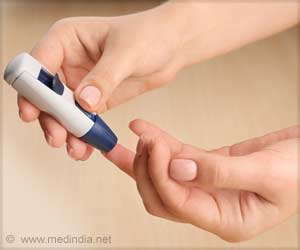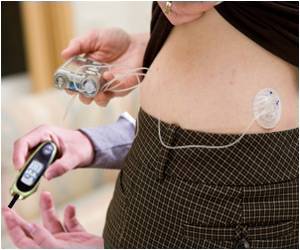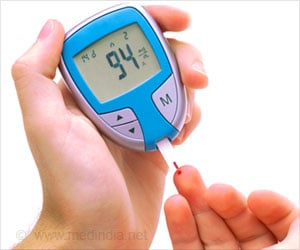PEC-Direct, the stem cell-based treatment, has the potential to supply blood sugar control in high-risk type 1 diabetes patients.

‘The results suggest stem cell-based replacement therapy has the potential to provide blood glucose control and could one day eliminate the need for injecting or dosing insulin externally.’





“This research represents the first instance in multiple patients of clinically relevant increases in C-peptide, indicative of insulin production, with a stem cell-based therapy delivered in a device,” according to Manasi Sinha Jaiman, MD, MPH, Chief Medical Officer of ViaCyte, Inc., in San Diego, Calif., the company that makes PEC-Direct. Patients with type 1 diabetes eventually lose the ability to produce their insulin to control blood sugar levels. Patients must frequently check those levels with finger sticks, inject multiple insulin shots, or carry bulky devices. The injection of insulin also risks accidentally lowering blood sugar to dangerous levels.
The PEC-Direct device is designed to provide a long-term, stable source of insulin to regulate glucose levels. The device comprises a pouch containing stem-cell-derived pancreatic cells, which mature into insulin-producing cells once implanted into the body to regulate glucose levels.
Stem Cells for Diabetes
The open device membrane allows blood vessels to grow into the device to contact the cells. To prevent an immune reaction, patients take immunosuppressive drugs.The treatment is meant for patients with high-risk type 1 diabetes who may be especially vulnerable to acute complications due to recurrent severe low blood sugar or frequent and extreme blood sugar fluctuations that are difficult to control.
The study included ten adults with type 1 diabetes who had received their diagnosis at least five years before the study started and could not tell when their blood sugar went too low (called hypoglycemia unawareness).
Advertisement
Since then, increased C-peptide levels have been seen in multiple patients, along with decreases in HbA1C (a blood test that measures average blood sugar levels over the past three months) by as much as 1.5%, and reductions in the number of insulin patients needed to administer by as much as 70%.
Advertisement
Source-Eurekalert















